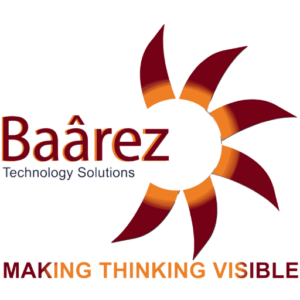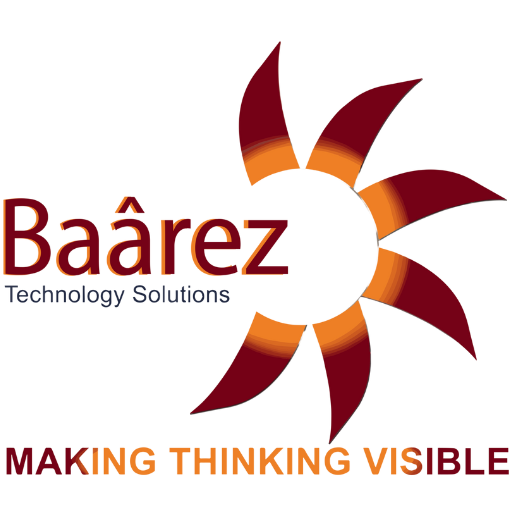
In today’s interconnected business landscape, reliance on third-party vendors and suppliers is inevitable. While these partnerships bring various benefits, they also expose businesses to potential risks. This is where a robust Third Party Risk Management (TPRM) framework comes into play.
Table of Contents
ToggleUnderstanding Third Party Risk Management
TPRM Framework refers to the process of identifying, assessing, and mitigating risks associated with outsourcing to third-party vendors. These risks can encompass a wide range of factors, including data breaches, compliance violations, financial instability, and operational disruptions.
Importance of TPRM
Implementing a third party management framework is crucial for safeguarding sensitive data, maintaining regulatory compliance, and preserving business continuity. By proactively managing third-party risks, organizations can prevent costly security incidents and protect their reputation.
Components of a TPRM Framework
- Risk Assessment: Conduct thorough assessments to identify potential risks posed by third-party vendors.
- Due Diligence: Evaluate the security measures and compliance practices of prospective vendors before engaging in partnerships.
- Contractual Agreements: Establish clear contractual terms that outline the responsibilities and liabilities of both parties.
- Monitoring and Oversight: Continuously monitor third-party activities and performance to ensure adherence to security standards.
- Response and Recovery: Develop protocols for responding to security breaches or disruptions caused by third-party vendors.
Third Party Risk Management Framework | TPRM Framework | What Is TPRM Framework | 3rd Party Risk Management Framework | Third Party Risk Management Frameworks | Third Party Management Framework | Third-party Risk Management Framework | Third Party Risk Assessment Framework | What Is Third Party Risk Management Framework
Key Features and Benefits
- Centralized Risk Repository: TPRM Solutions provide a centralized repository for storing all third-party-related information, including contracts, assessments, and compliance documentation. This enables organizations to gain a holistic view of their third-party landscape and identify potential risks more efficiently.
- Automated Risk Assessment: By leveraging advanced analytics and automation, TPRM Solutions can conduct real-time risk assessments, enabling organizations to identify emerging threats and vulnerabilities promptly. This proactive approach allows businesses to mitigate risks before they escalate into significant issues.
- Streamlined Compliance Management: Compliance with regulations such as GDPR, HIPAA, and PCI-DSS is a top priority for organizations across industries. TPRM Solutions offer built-in compliance management features, helping businesses ensure that their third-party relationships adhere to regulatory requirements.
- Enhanced Vendor Performance Monitoring: TPRM Solutions enable organizations to monitor vendor performance effectively, tracking key performance indicators (KPIs) and service-level agreements (SLAs) in real-time. This allows businesses to hold vendors accountable for meeting their contractual obligations and delivering value consistently.
Implementing TPRM
- Identify Critical Vendors: Prioritize vendors based on their level of access to sensitive data and the impact of their services on business operations.
- Establish Risk Criteria: Define criteria for assessing the severity of potential risks, such as the likelihood of occurrence and potential impact.
- Automate Risk Assessment: Leverage technology solutions to streamline the risk assessment process and enhance accuracy.
- Collaborate Across Departments: Foster collaboration between IT, legal, procurement, and other relevant departments to ensure comprehensive risk management.
- Regular Reviews and Updates: Conduct regular reviews of the TPRM framework to adapt to evolving threats and regulatory requirements.
Third Party Risk Management Framework | TPRM Framework | What Is TPRM Framework | 3rd Party Risk Management Framework | Third Party Risk Management Frameworks | Third Party Management Framework | Third-party Risk Management Framework | Third Party Risk Assessment Framework | What Is Third Party Risk Management Framework
Conclusion
In conclusion, a comprehensive Third Party Risk Management framework is indispensable for modern businesses operating in a globally interconnected ecosystem. By prioritizing risk identification, assessment, and mitigation, organizations can fortify their defenses against potential threats posed by third-party vendors. Embracing a proactive approach to TPRM not only safeguards sensitive data and preserves business continuity but also enhances trust and credibility among stakeholders. Invest in TPRM today to secure the future of your business.
FAQs
-
1. What are the common challenges in implementing a TPRM framework?
Some common challenges include inadequate resources, difficulty in assessing third-party risks, and ensuring compliance across diverse vendor relationships.
-
2. How can small businesses benefit from TPRM?
TPRM helps small businesses mitigate risks associated with limited resources and expertise by providing structured guidelines for vendor management.
-
3. Is TPRM only relevant for cybersecurity risks?
No, TPRM encompasses various risks beyond cybersecurity, including regulatory compliance, financial stability, and operational resilience.
-
4. What are the key benefits of implementing TPRM Solutions?
PRM Solutions offer centralized risk management, automated risk assessment, streamlined compliance management, and enhanced vendor performance monitoring.
-
5. How can organizations ensure successful implementation of TPRM Solutions?
By defining clear objectives, conducting a comprehensive risk assessment, customizing the solution to their needs, providing training and support, and continuously monitoring and adapting their TPRM strategies.
-
6. Are TPRM Solutions suitable for businesses of all sizes?
Yes, TPRM Solutions can be tailored to meet the needs of businesses of all sizes and industries, from small startups to multinational corporations.
-
7. Can TPRM Solutions help organizations reduce costs associated with third-party risks?
Yes, by identifying and mitigating risks proactively, TPRM Solutions can help organizations avoid costly disruptions, fines, and reputational damage associated with third-party incidents.
-
8. How does the implementation of TPRM Solutions align with regulatory compliance requirements?
TPRM Solutions offer built-in compliance management features, enabling organizations to ensure that their third-party relationships comply with relevant regulations such as GDPR, HIPAA, and PCI-DSS.


